Four years on from the Grenfell Tower fire, industry experts debate the draft Building Safety Bill and what has been done so far to address fire safety
Hikes in insurance premiums only add to the financial stress of the fire safety problems that were exposed after the Grenfell Tower fire in 2017, according to Neil O’Connor, director of building safety policy and part of the Ministry of Housing Communities and Local Government (MHCLG).
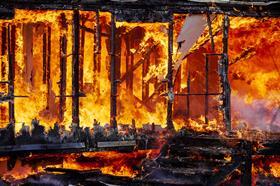
Speaking during a panel discussion titled ’The Beginning of the end or the end of the beginning? Building Regulation Reform and the Future of Building Safety’ at the ABI’s recent virtual property conference, O’Connor told online delegates: “The withdrawal of professional indemnity insurance hampers the speed at which we are able to assess and address fire risks for residents, though I really welcome the steps that some insurers and brokers are taking to introduce more innovation and I would like to see more of that from the industry, [which is] after all specialised in pooling risk.
”This, to me, feels like an existential moment for the insurance industry and one to which I hope it will respond.”
O’Connor started in his current position two days after the Grenfell Tower fire, which happened on 14 June 2017.
He continued: “We started by trying to identify the issues, providing advice to building owners and managing agents of high-rise blocks on the steps they should be taking to keep residents safe.
”Over time, that support from government has extended to being £5.1bn of funding to pay for cladding remediation, where developers and building owners or warranties are not meeting those costs.”
The risks in the way high-rise buildings have been constructed in the past must be “paid particular attention to”, O’Connor stressed.
This is because of the risk of multiple fatalities in high-rise flats if fire does spread - he alluded to the Grenfell Tower tragedy as an example, which claimed 72 lives.
“There is clearly a lot more to be done. Government has been acting on this for the last four years,” he said.
Regarding the insurance industry, O’Connor hopes that fire risks are being looked at proportionately, as opposed to insurers being risk adverse.
This is because fires and fire fatalities in the UK are on a long-term downward trend, so the public have never been safer in their homes as they are today, he added.
While he acknowledged that Grenfell was a “horrible [but] exceptional tragedy”, O’Connor mentioned that fires in flats, generally speaking, rarely spread.
In 2019 to 2020, there were 775 fires in high-rise flat buildings - only 1% spread beyond two floors. Most were contained to the original item or room.
Systemic problems exposed
O’Connor noted that there are now more than 1,000 high-rise buildings that need remediation going through UK funding schemes - this focuses on buildings that pose the greatest fire risk, for example if they feature aluminium composite material (ACM) cladding.
Other buildings that have different types of unsafe cladding are now being considered through the Building Safety Fund, which aims to ensure that leaseholders are protected from the costs of remediating unsafe cladding where building owners, freeholders or managing agents responsible for the safety of a building are not meeting such costs themselves.
High-pressure laminate (HPL) cladding or cladding panels made from compressed paper or wood are also considered to be unsafe.
O’Connor continued: “We have prioritised our interventions. All our expert advice and evidence from testing we conducted over the period since Grenfell tells us that ACM with a polyethylene core is the most dangerous and combustible cladding and one that we should prioritise, which we have done.
“We have extended that to other cladding where it is unsafe and we have prioritised buildings by height because that is in general where multiple fatalities will be higher if fire does spread.
“We also commissioned the [Dame Judith] Hackitt Review, which found systemic problems in with compliance [and the] enforcement of the regulatory system. [It] made a series of recommendations which have been taken forward and turned into new law – the draft Building Safety Bill (BSB).”
O’Connor hopes the BSB, which is due to come before parliament soon, will introduce changes for all buildings and not just new builds, to create greater accountability as well as increased competence and compliance with safety requirements.
“For high-rise in particular, the regime with the Bill - overseen by a new Building Safety Regulator - will provide for holistic building safety regulatory reviews across all high-rise residential blocks. But it’s not just high-rise, it’s important to ensure safety for all buildings,” he said.
“Regulations exist to ensure that the expected standards are met across all buildings and we are making changes there.”
Meanwhile, the Home Office has recently taken forward the Fire Safety Act, which strengthens requirements for fire risks management in all blocks of flats of any height.
Impact on fire and rescue services
In the aftermath of the Grenfell Tower fire, the fire and rescue services reviewed high-rise buildings where there was ACM cladding to identify the scale of the problem, said Dan Daly, head of protection policy and the reform unit at the National Fire Chiefs Council.
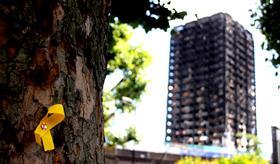
He continued: “It’s no secret now that the issue is far greater that what was first seen. There is now a chunk of work going on up and down the country where fire and rescue services are taking an inspection where necessary.”
This includes gathering data sets that will feed into the work of the Building Safety Regulator, to help understand and stratify the risk.
Daly said that his team came together to understand the impact of the draft BSB on the fire and rescue services because there are new clarifications in it.
He said: “One of the key things we have learnt along the way has been the impact of working closely with local authorities and other partners in an effort to get these buildings remediated - that’s a lesson that we will take forward.
”In terms of job done, this is really just the start.”
For Daly, the challenge is to address fire risk across the whole of the built environment for buildings above and under 18 metres. He sees an opportunity to “get this right” by looking at technology and the use of sprinklers.
O’Connor stressed that while there is lots of work already underway around mitigating fire risks, it will still take time to work through the system to completion.
Hosted by comedian and actor Tom Allen, 34 Gold, 23 Silver and 22 Bronze awards were handed out across an amazing 34 categories recognising brilliance and innovation right across the breadth of UK general insurance.



























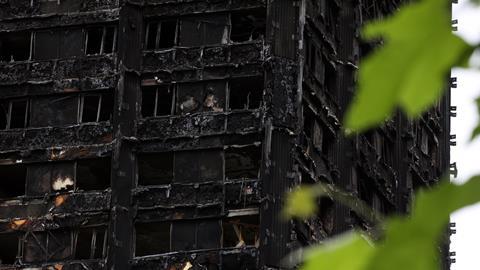










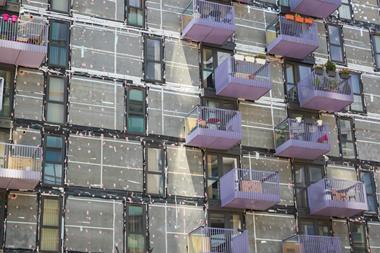
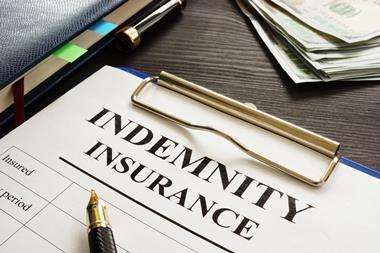
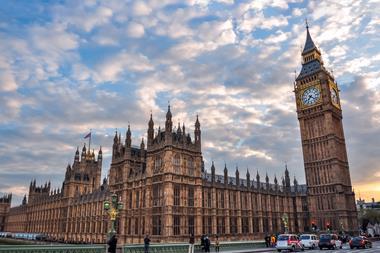
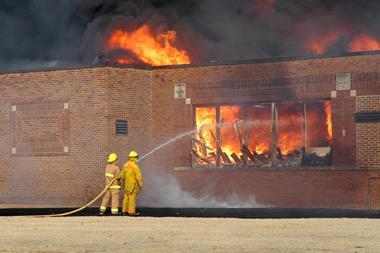











No comments yet